[Top 10] D&D Best One-Handed Weapons and How To Get Them
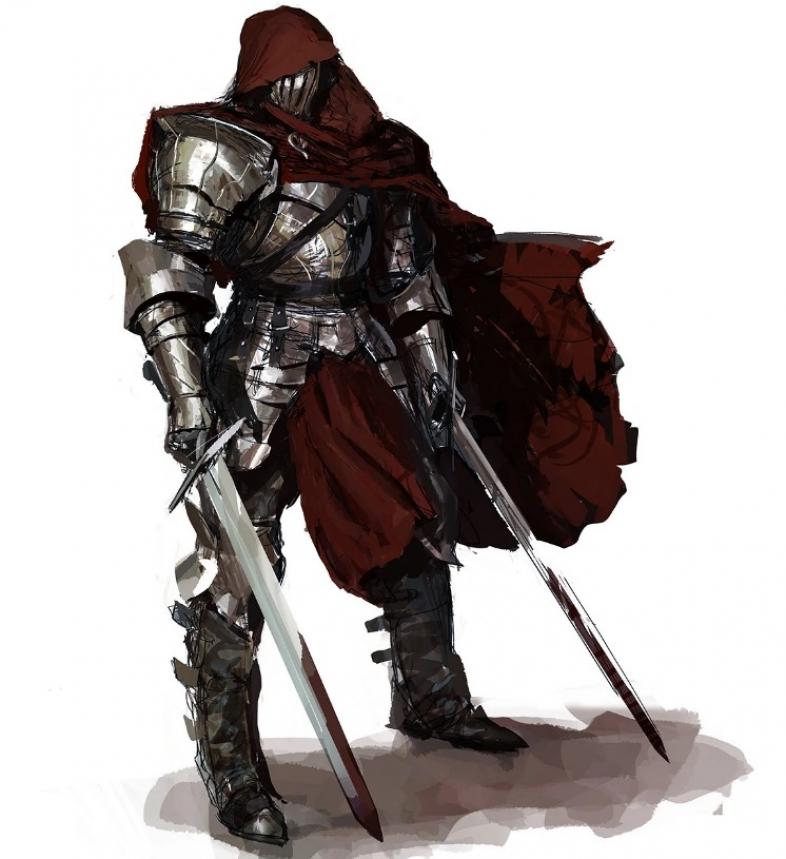
[Top 10] D&D Best One-Handed Weapons and How To Get Them
In the magic-filled world of D&D, there are many ways to dismember your foes from the standard fireball to a Greataxe wielded by a raging barbarian. But if you want to face your problems a little more elegantly or your DM is growing tired of your fireball addiction, One-handed weapons are incredibly versatile when you want to use a shield, or you want to be ready in case that barbarian walks up into your face.
A few things I should mention about these items I’m going to highlight is that they are from D&D 5e, and they are grouped by how well they work together, and I’m also not going over magic items as that would extend this list incredibly.
10. Dagger (Good early weapon with wide use)
Whether you are a rogue who wants to use sneak attack, a wizard who wants a backup or a fighter who blew starting gold on armor, a dagger is pretty well rounded, and I think it fits well into this list.
Why Daggers are Great:
- Use your Strength, or Dexterity for attack and damage rolls.
- Hold two at once for more stab chances.
- Throw it 20-60 ft. as an attack.
- Simple weapon: pretty much everyone can use one of these.
- Only 2 GP, and easy to find at a smith or craft from a rock or branch. Many foes might have one.
- Backstab your “friends” or random politicians who don’t stop talking.
Dagger Details: https://www.dndbeyond.com/equipment/dagger
9. Handaxe (Good early weapon for strength characters)
Whether you want to find the little woodsman in you, AXE a whole lotta questions, or pretend to be a Native American who throws hatchets, a Handaxe can be very handy.
Why Handaxes are Great:
- More damage than daggers (1d6).
- Hold two at once to make one more attack.
- Throw it 20-60 ft. as an attack using Strength or Dexterity.
- Simple Weapon: most people can use one.
- Only 5 GP at a smith, easy to craft from stone, or found on the corpses of most tribal foes.
- Choppy odds for your enemies.
Handaxe Details: https://www.dndbeyond.com/equipment/handaxe
Javelin
If you want to be the master of throwing things from a good way back, a Javelin might be a good choice with its very cheap price, and fair damage to boot.
Why Javelins are Great:
- More damage than daggers (1d6).
- Throw it further than any other ranged weapon 30-120 ft.
- Simple Weapon: Most characters can use one.
- A mere 5 SP at a smith, easy to craft from a branch and a rock, or found on some fighters who like throwing things.
- Ask your DM if it can spark with lightning so you can pretend to be Zeus.
Javelin Details: https://www.dndbeyond.com/equipment/javelin
Quarterstaff
Whether you are a monk who wants to fight with a long stick, a spellcaster wanting some kind of weapon to use, or you just picked up a long branch, a Quarterstaff is nothing to sneeze at.
Why Quarterstaves are Great:
- Good damage (1d6).
- Versatile: use both hands in an emergency for 1d8 instead of 1d6.
- Works with the Shillelagh Spell (1d8, uses spellcasting modifier for attack and damage rolls)
- Simple weapon: Pretty much Everyone can use one.
- Cheapest Option at 2 SP from a woodcarver, simple to carve from a tree branch, or found on some fallen enemies.
- Be a medieval Jackie Chan.
Quarterstaff Details: https://www.dndbeyond.com/equipment/quarterstaff
Battleaxe/Longsword/Warhammer
Perfect for that raging barbarian of your life, your knight in shining armor, or people who want to go “Smash Bash!”
Why Battleaxes/Longswords/Warhammers are Great:
- Lots of damage (1d8).
- Versatile: use two hands in an emergency for 1d10 instead of 1d8.
- Only 10/15/15 GP (respectively) at a smith, or find them wielded by knights, some barbarians, among other foes.
- The biggest weapons you can wield with one hand.
Battleaxe Details: https://www.dndbeyond.com/equipment/battleaxe
Longsword Details: https://www.dndbeyond.com/equipment/longsword
Warhammer Details: https://www.dndbeyond.com/equipment/warhammer
Hand Crossbow
Maybe not the cheapest item on this list, but it’s great for characters that just need an off-hand attack you can use at range if you have a light weapon, or if you are using another one-handed weapon and your DM allows feats. Just don’t expect to fire it more than once each combat.
Why Hand Crossbows are Great:
- Decent Damage 1d6.
- Light: fire in your Off-Hand when you use another Melee Light weapon in your main hand. Just remember you can’t reload it without freeing your hand unless you have the Crossbow Expert Feat (not all DMs use feats so ask first).
- Hefty range of 30-120 feet.
- One of the most expensive weapons on this list at 75 GP from a tinkerer, plus 5 CP per bolt at a smith (if your DM does ammo). You might be able to find some bandits or a ranger with one of these and some extra shots.
- Pew Slash Slash!
Hand Crossbow Details: https://www.dndbeyond.com/equipment/crossbow-hand
Net
I personally think this weapon is underused mostly because of how effective they can be. But if you want to be a tanking character, this is probably one of the best weapons you can buy, or loot from a fishing dock.
Why Nets are Great:
- Restrain your target when you hit them (they don’t save). This grants advantage to hit them prevents the target from moving and also gives them disadvantage to hit anything else. They also can’t dodge that fireball easily.
- Use a bonus action to restrain your foe if your DM allows the Dual Wielder feat.
- Lockdown an enemy into standing still, or force an enemy to lose their action or one slashing attack.
- Only 1 GP from a general merchant, or fisher, could be weaved with rope or fibers, or found at an abandoned fishing dock or trapper’s hut.
- Fishy Profits!
Net Details: https://www.dndbeyond.com/equipment/net
Rapier
Whether you are a swashbuckling rogue, a bard with a bit of dexterity, or just a gentleman who prefers fighting in a “civilized fashion” a Rapier is a classic weapon for a classic player.
Why Rapiers are Great:
- Painfully Sharp (1d8 damage).
- Finesse: Use Dexterity or Strength for Attack and Damage Rolls.
- 25 GP at a Smith, though nobles do tend to carry one around.
- Hello, my name is Inigo Montoya. You killed my father, Prepare to die.
Rapier Details: https://www.dndbeyond.com/equipment/rapier
Scimitar/Shortsword
Another classic weapon, a shortsword is a common item for an adventurer to dual-wield
Why Scimitars/Shortswords are Great:
- Standard damage (1d6).
- Finesse: Use Strength or Dexterity for attack and damage bonuses.
- Light: Use two at once!
- Maybe not the cheapest at 25/10 GP (respectively) from a smith, they can be found being wielded by many martial characters with a bit of spare coin in their pocket.
- Slice them to ribbons!
Scimitar Details: https://www.dndbeyond.com/equipment/scimitar
Shortsword Details: https://www.dndbeyond.com/equipment/shortsword
Whip
Finally, we come to the whip. A weapon that can be great if you can’t afford a polearm, or if you are a rogue who wants more range, but doesn’t want a ranged weapon (just make sure you pick up proficiency first).
Why Whips are Great:
- Finesse: You can use Strength or Dexterity for the attack and damage bonus.
- Reach: You can make a melee attack from 5 ft. further away than normal. Your threat range for attacks of opportunity also increases.
- Only 2 GP from a Leatherworker, could be improvised from a rope and grappling hook, though finding them might be tricky as there really isn’t any clear enemy that would use one of these.
- Whip some cream while you’re adventuring!
Whip Details: https://www.dndbeyond.com/equipment/whip
In the end, the best weapon for you depends on how you want to play, and what you get. I did my best to consider a variety of playing styles, and there are still more weapons that have their uses in niche situations. But I do hope this list helps when you look for a weapon to hold in one hand while you have a drink to prove your sheer skill, or to carry alongside your shield.
Common D&D Terms:
1d6: A single six-sided die. The format is XdY where X is the number of dice, and Y is the number of sides on the dice.
Attack Roll: This is the roll used to determine if you hit an attack. Always rolled with a twenty-sided die.
Damage Roll: This is the roll used to determine how many hit points a target loses.
Saving Throw: these rolls are used to avoid debuffs and other nasty effects. Always rolled with a twenty-sided die.
AC (a.k.a Armor Class): Attack rolls are measured against this. If the attack roll equals or exceeds the AC of the target then the attack hits and deals damage. Otherwise, no damage is dealt. Armor changes the calculation for this whether natural or equipped. The basic AC calculation for all creatures is equal to 10 + your Dexterity Bonus.
DC (a.k.a Difficulty Class): Saving throws and ability checks are almost always rolled against one of these. Most effects have one listed or a calculation suggested but some can have a DC that is rolled at the same time called a “contested roll”.
Ability Check: This is used every time you attempt to do something that has a chance of failure such as: climbing a cliff without hand-holds, figuring out where the rogue hid your favorite spoon, or even seeing if you can pull off a sweet flip over some obstacle.
Advantage/Disadvantage: This only applies to Attack Rolls, Ability Checks, and Saving Throws. When you have Advantage on a roll, you make the roll twice and take the higher number. Same with Disadvantage, only you take the lower number.
 Home
Home PC Game Trailers
PC Game Trailers News
News Menu
Menu

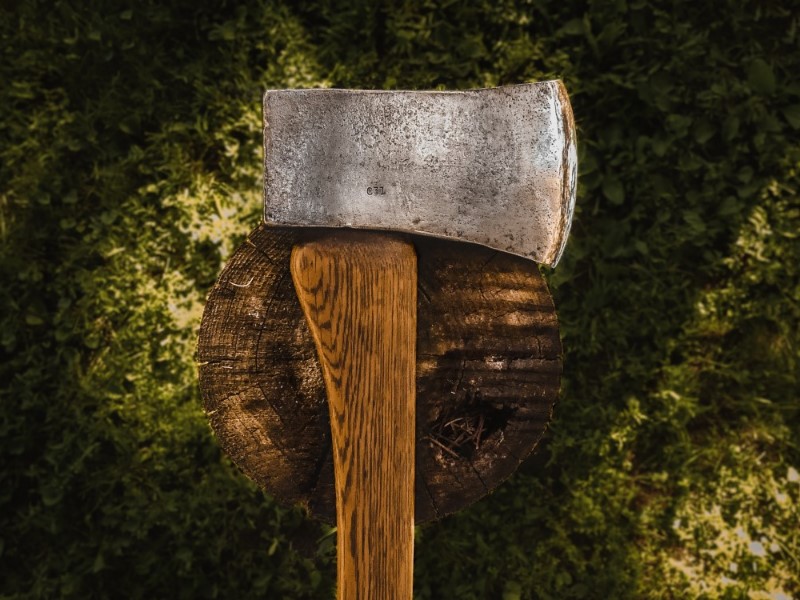

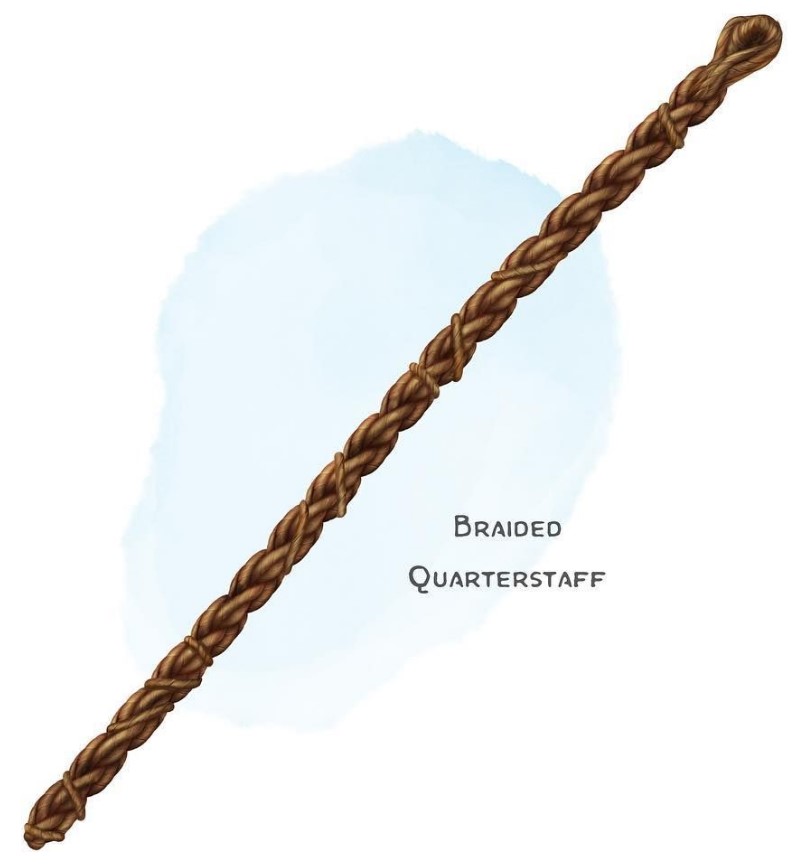
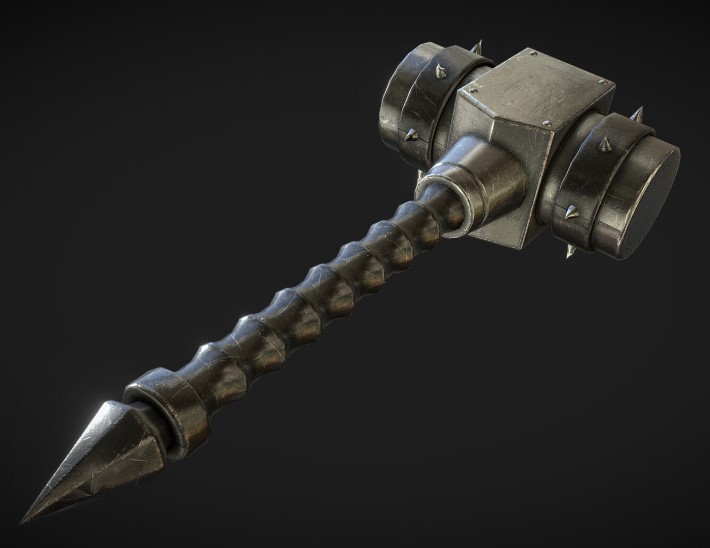
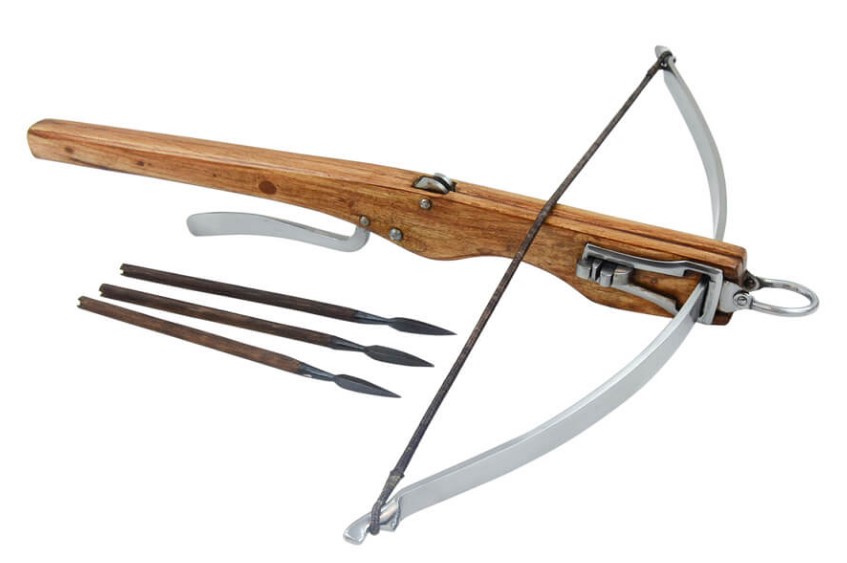

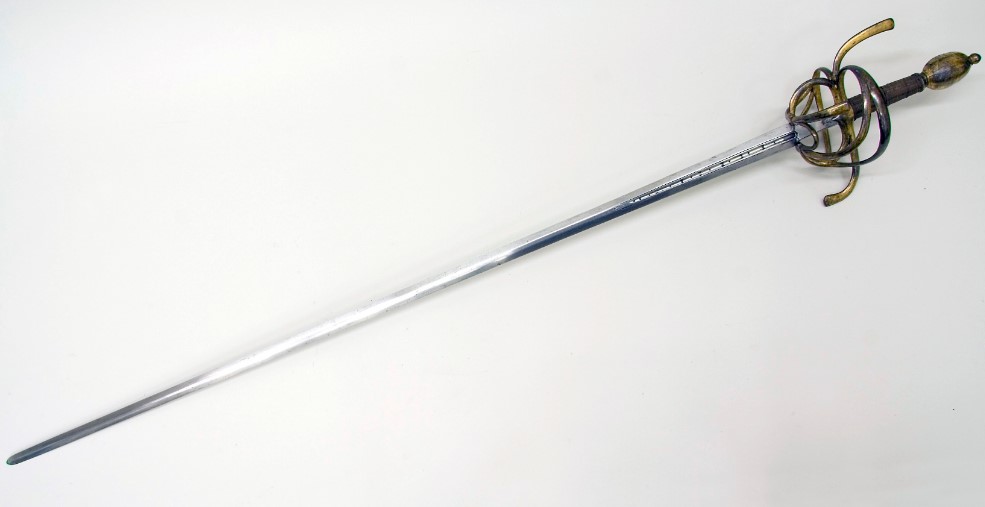
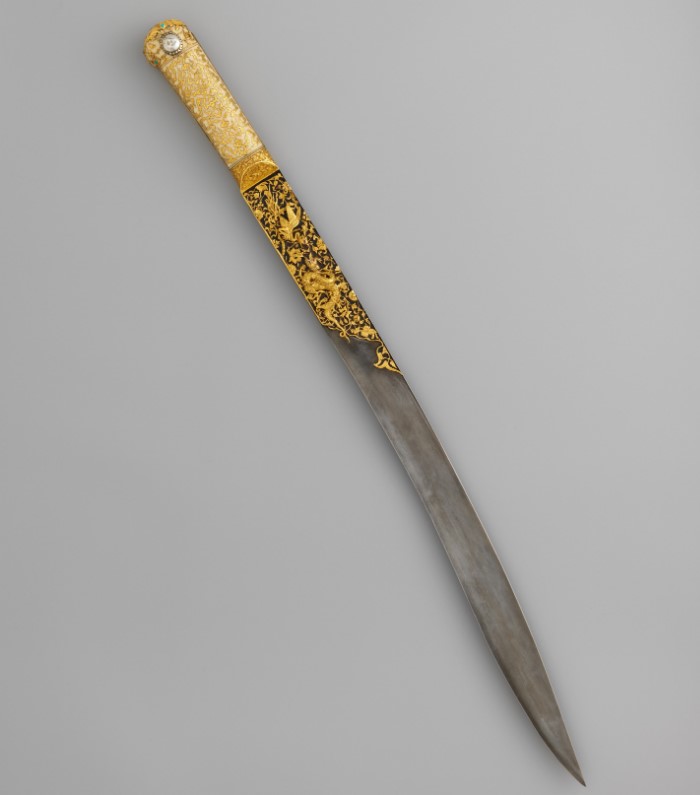


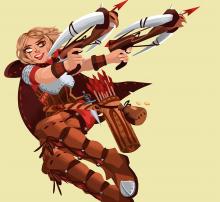
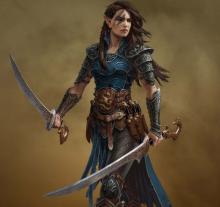
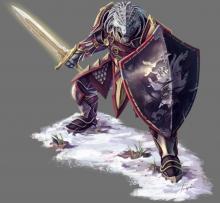
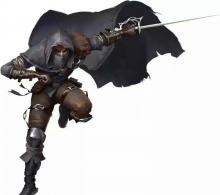
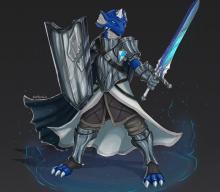

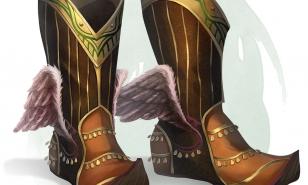
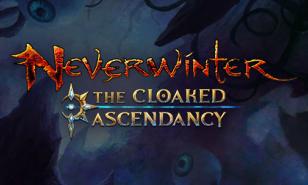
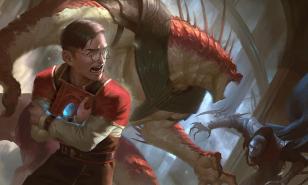
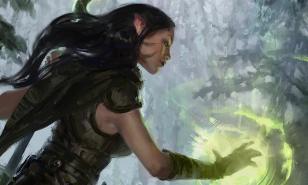
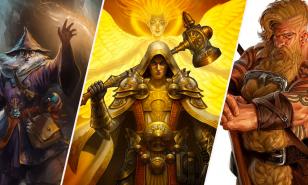
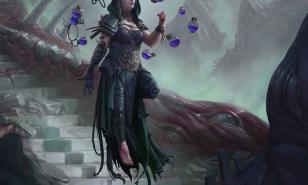
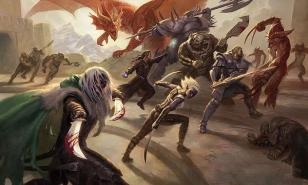
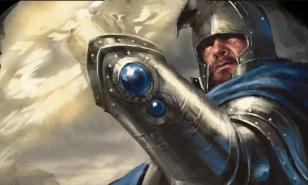
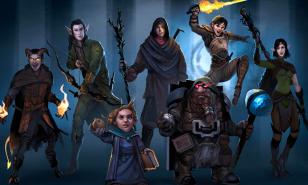
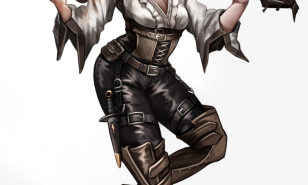
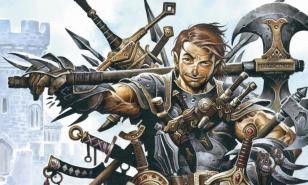
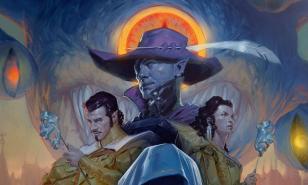
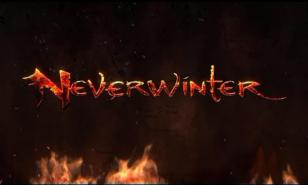

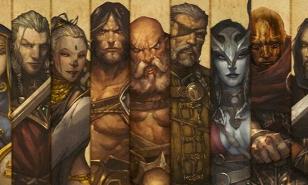
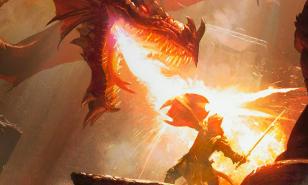
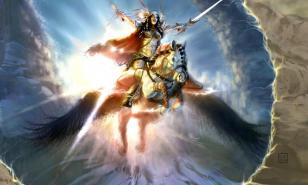
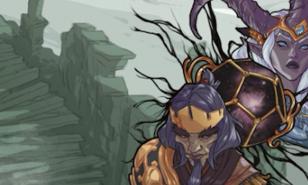
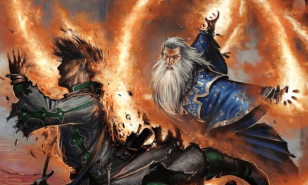

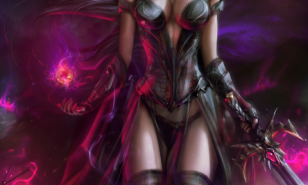
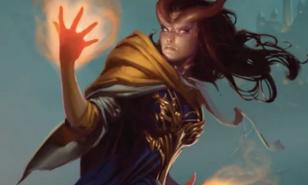
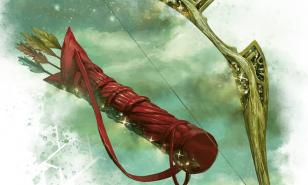
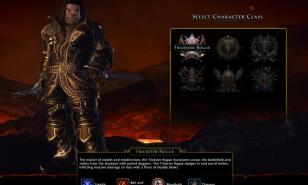
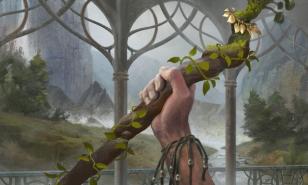
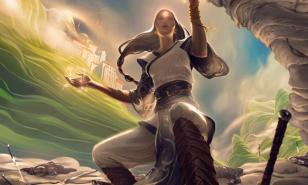

![[Top 25] Best D&D Spells Every Party Should Have [Top 25] Best D&D Spells Every Party Should Have](https://www.gamersdecide.com/sites/default/files/styles/308x185-scale-crop--more-top-stories/public/top_25_best_d_d_spells_every_party_should_have_cover.jpg)
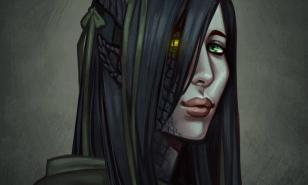

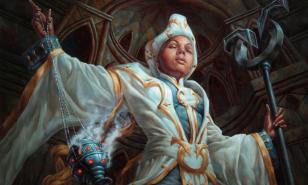
![[Top 11] D&D Best Paladin Multiclass That Are Fun Strong Stern Paladin (Image credit: 中秋快乐~)](https://www.gamersdecide.com/sites/default/files/styles/308x185-scale-crop--more-top-stories/public/image_2023-02-04_114652751.png)
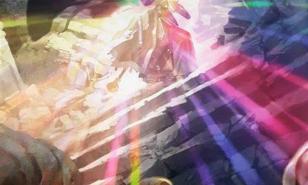
![[Top 5] D&D Best Monk Builds That Are Excellent](https://www.gamersdecide.com/sites/default/files/styles/308x185-scale-crop--more-top-stories/public/screen_shot_2022-02-16_at_3.13.03_am.jpg)
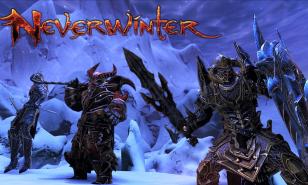
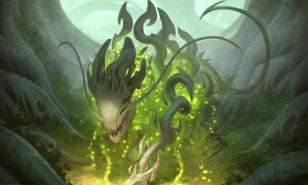

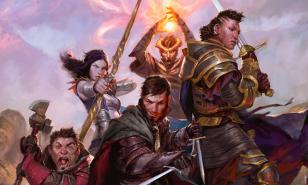
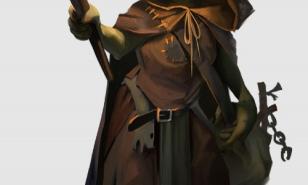
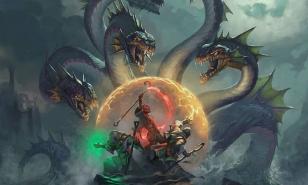
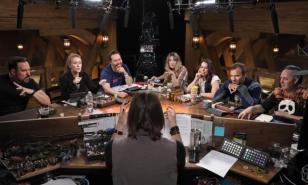
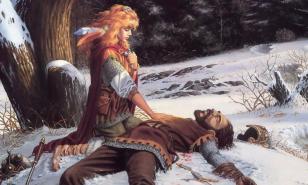


![[Top 3] D&D Best Monk Subclasses To Play](https://www.gamersdecide.com/sites/default/files/styles/308x185-scale-crop--more-top-stories/public/screen_shot_2022-02-11_at_12.25.31_am.jpg)
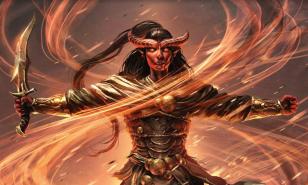
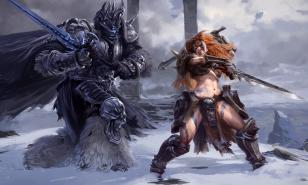
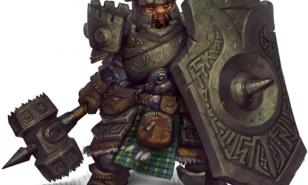
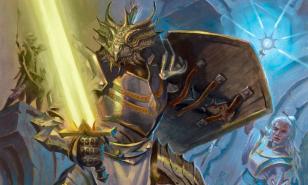
Latest Comments
1 Gamers Commented on this game. ADD YOURS.
All Comments (1)
Belwolf 3 years 5 months ago
Whatever works for how you want to play your character! It's all about what makes for the most fun for you. However you imagine your character conquering their foes is the best weapon for you. Until you find something shiny and magical that is.
Reply